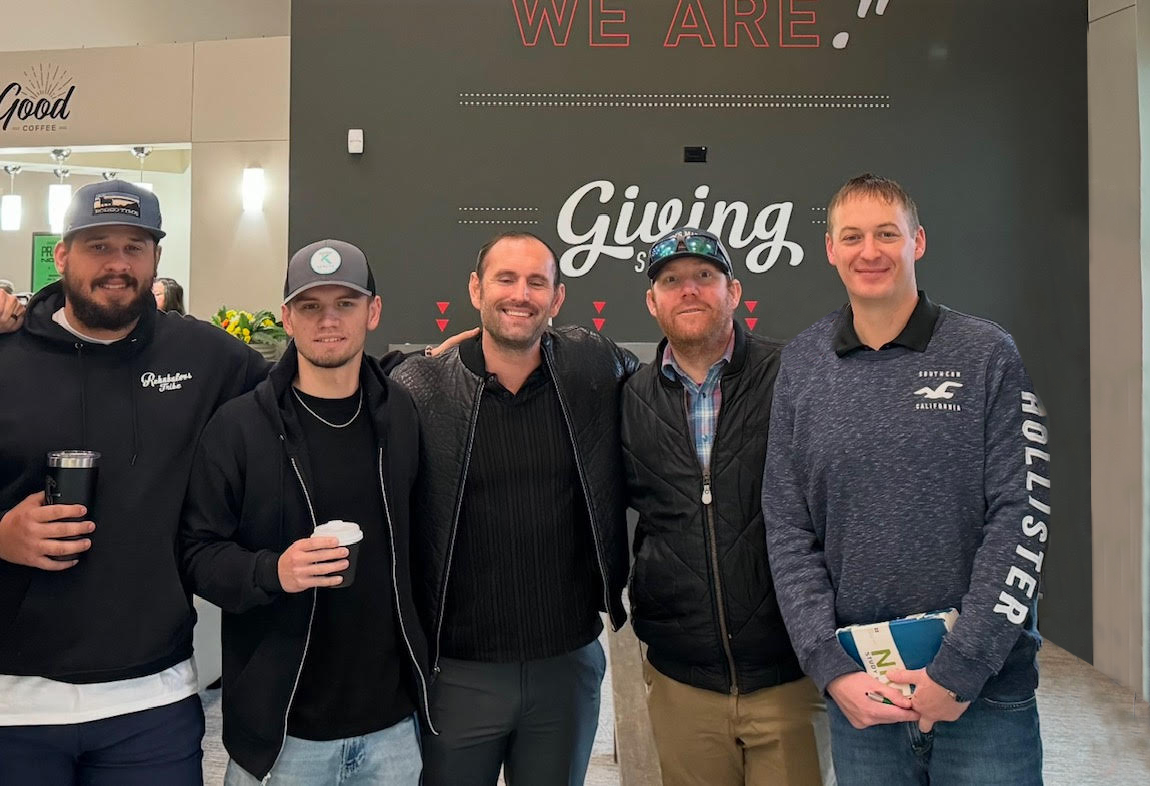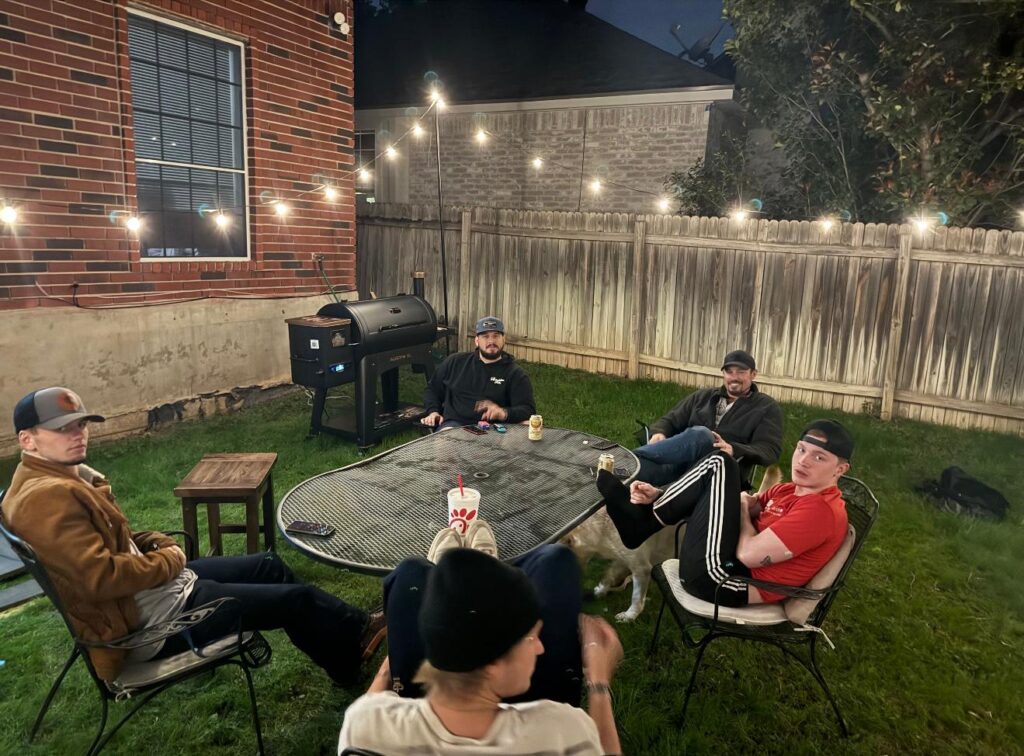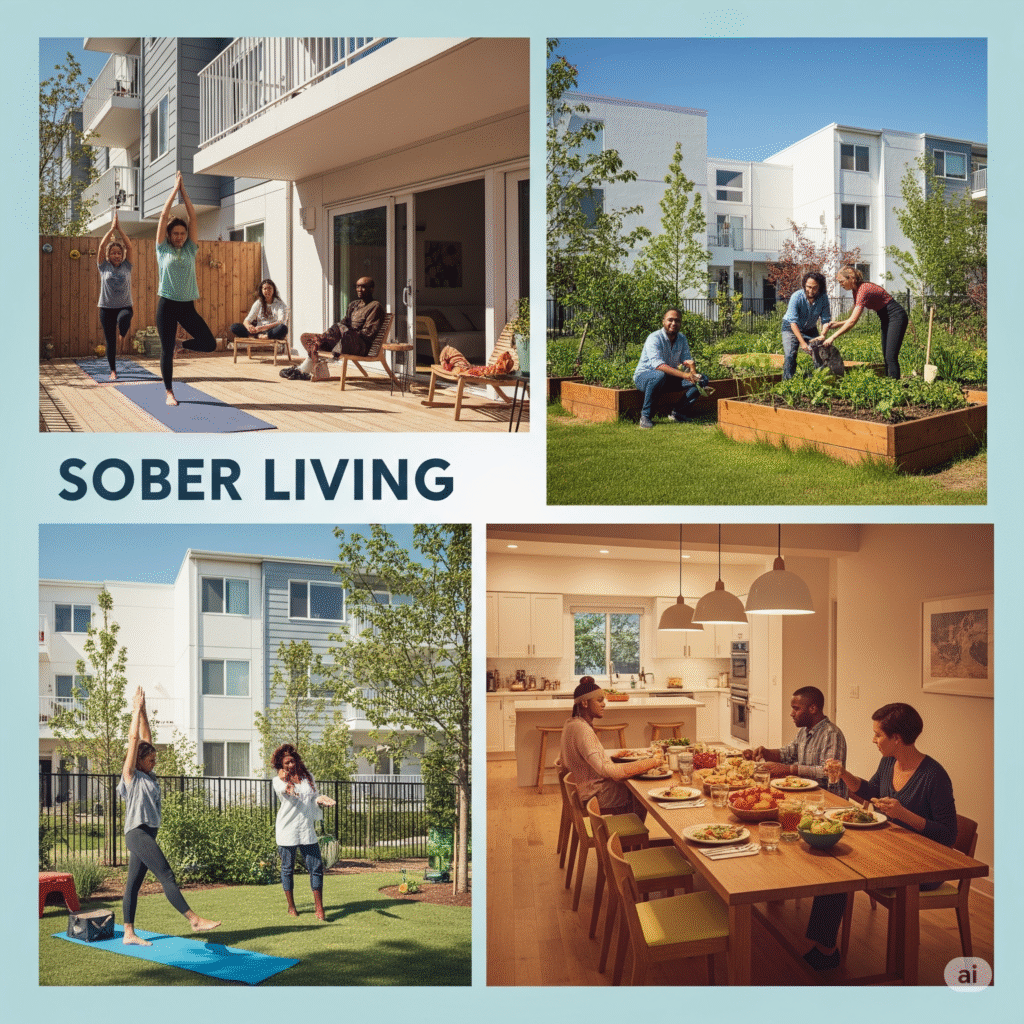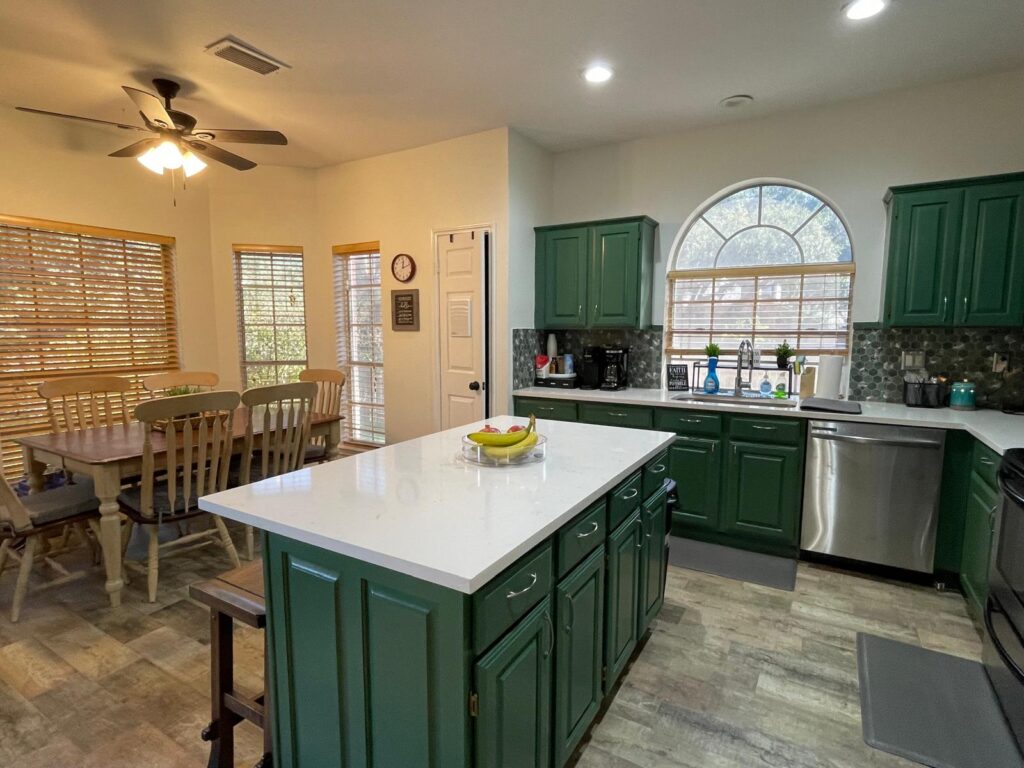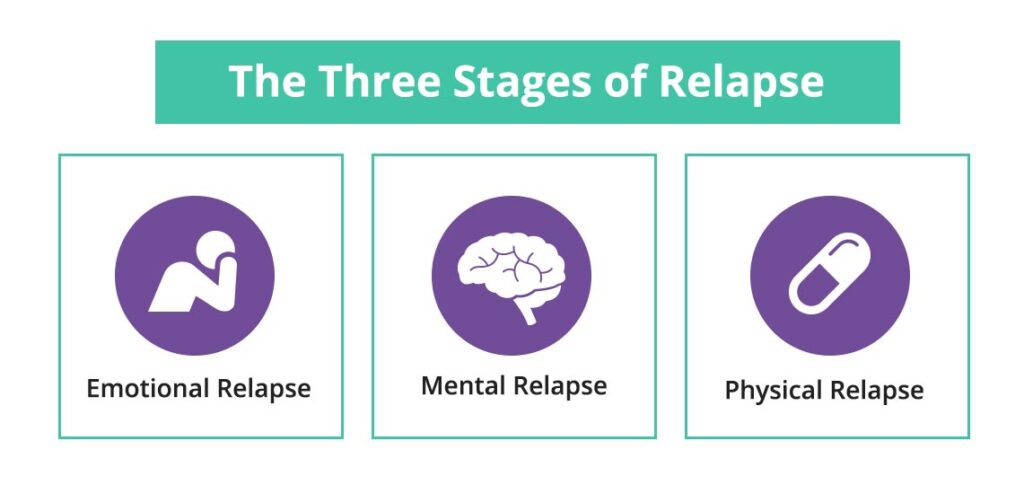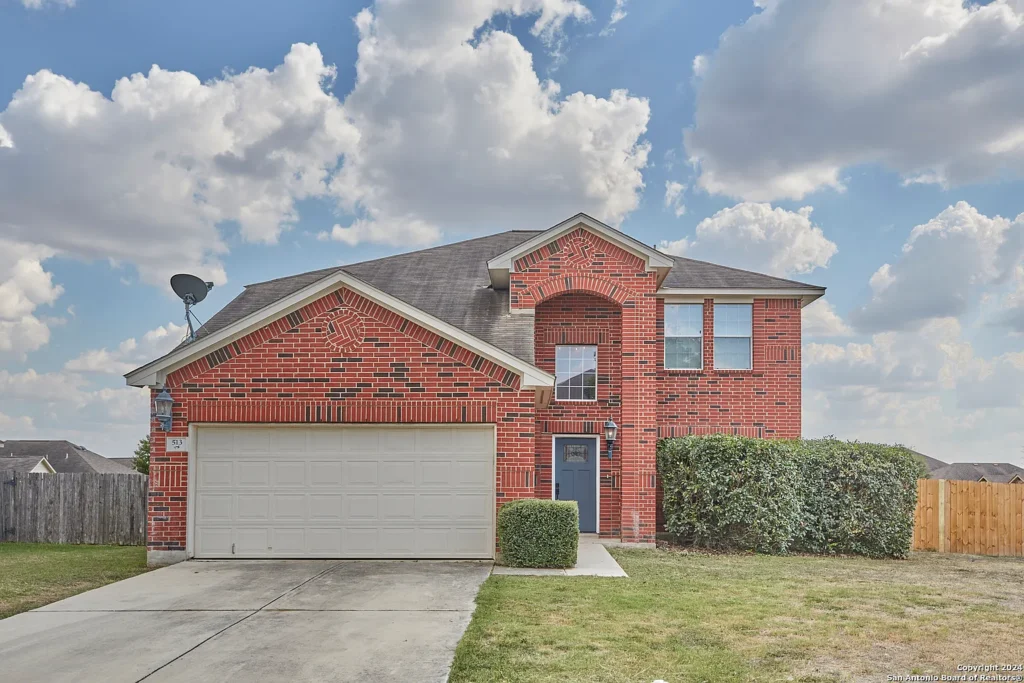You may wonder how to enjoy sober living without feeling bored or disconnected if you have chosen a life free from alcohol and drugs. Sobriety is about more than staying away from substances. It is a chance to create a healthier lifestyle, explore new activities, and truly enjoy life.
Whether you are living in a sober home or managing your recovery independently, knowing how to enjoy sober living can make your journey more rewarding. In this guide, we will explore practical tips to help you feel confident, connected, and happy in your sober life.
Table of Contents
Why Learning How to Enjoy Sober Living is Important
When you first step into sobriety, life can feel unfamiliar. Old habits and social circles may no longer fit your new lifestyle, which can leave you wondering what comes next. Learning how to enjoy sober living is essential because it helps you create a life you actually want to live. When you focus on positive activities and supportive connections, you strengthen your recovery and reduce the temptation to return to old patterns.
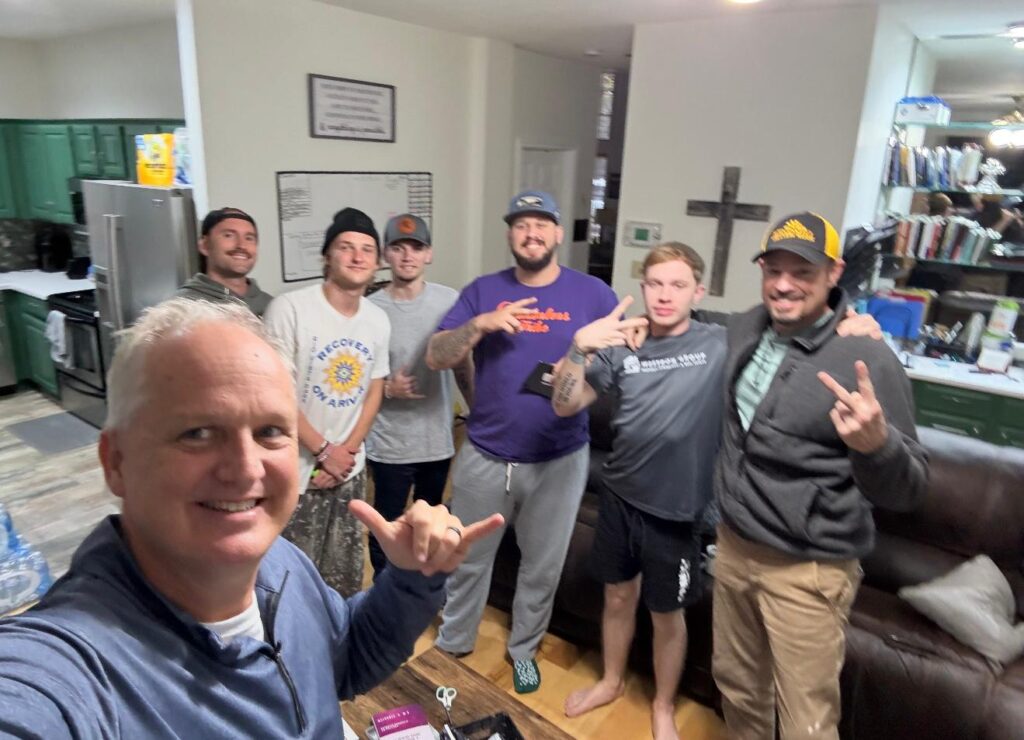
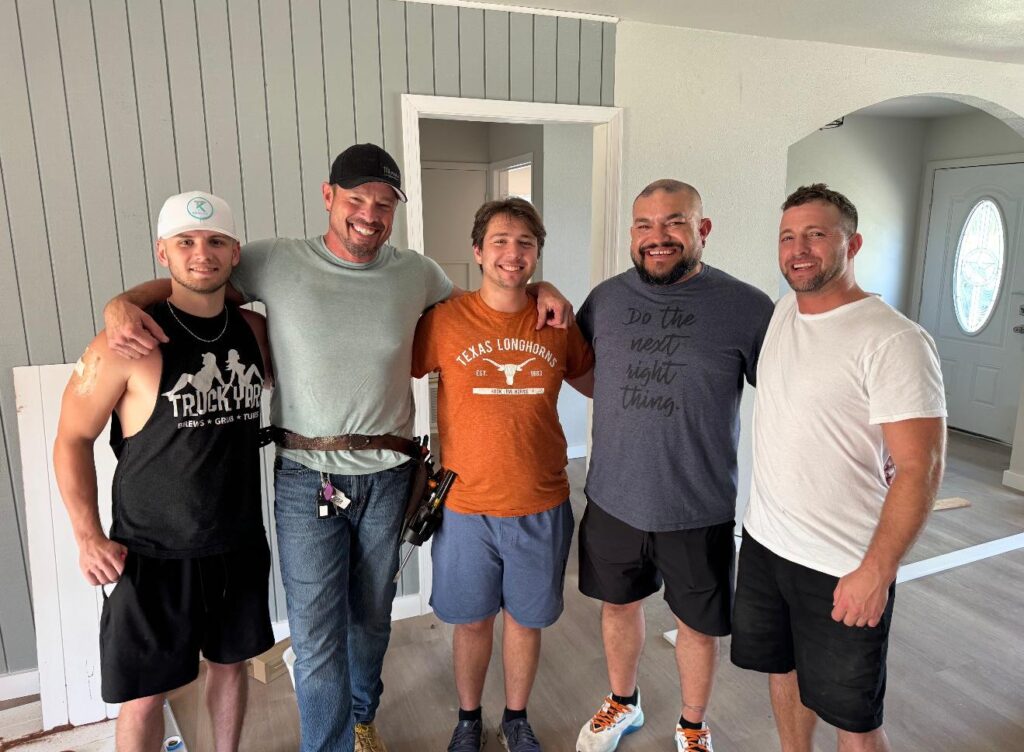

How to Enjoy Sober Living by Redefining Fun
Many people think life without substances will be dull. In reality, learning how to enjoy sober living often means redefining what fun looks like. You can discover activities that bring joy, energy, and fulfillment without the negative effects of drugs or alcohol.
Some ideas to make sober living fun include:
- Spending time in nature through hiking, cycling, or beach walks
- Hosting dinners or game nights with friends who respect your lifestyle
- Exploring creative hobbies like painting, cooking, or photography
- Visiting museums, markets, and local cultural events
By finding new ways to enjoy life, you will see that sober living can be exciting and rewarding.
How to Enjoy Sober Living by Building a Supportive Community
A strong network of supportive people can make all the difference in recovery. One of the most effective ways to enjoy sober living is to surround yourself with individuals who understand and encourage your journey.
You can build this support system by:
- Joining local or online recovery groups
- Participating in community events and volunteer work
- Connecting with sober friends through shared hobbies or sports
When you share your experiences with like-minded people, you gain encouragement, accountability, and a sense of belonging.
How to Enjoy Sober Living by Prioritizing Health
Physical and mental health play a huge role in how you feel every day. If you want to know how to enjoy sober living, start by giving your body and mind the care they deserve.
Simple ways to improve your health include:
- Eating balanced and nutritious meals
- Exercising regularly, whether through the gym, yoga, or daily walks
- Practicing mindfulness or meditation to manage stress
- Getting enough sleep for energy and focus
When you feel healthy and strong, sober living becomes more enjoyable and easier to maintain.
How to Enjoy Sober Living by Discovering New Passions
Sobriety opens up time and energy you may not have had before. You can use this opportunity to explore interests that bring you joy and purpose.
Ideas for new passions include:
- Learning a musical instrument or a new language
- Starting a garden and growing your own food
- Writing, journaling, or storytelling
- Taking part in sports or fitness challenges
Filling your days with activities you truly enjoy helps you stay motivated and satisfied in your sober life.
How to Enjoy Sober Living by Creating a Positive Home Environment
The space where you live can influence your mood and mindset. To make sober living more pleasant, create an environment that feels comfortable and inspiring.
You can do this by:
- Keeping your home clean and organized
- Adding plants or flowers for freshness
- Using calming scents like lavender or citrus
- Displaying personal items that bring you joy
A peaceful home supports your recovery and makes daily life more enjoyable.
How to Enjoy Sober Living with Gratitude
A big part of enjoying sober living is focusing on the positives in your life. Gratitude helps shift your attention from what you have left behind to what you have gained.
Ways to practice gratitude include:
- Writing three things you are thankful for each day
- Celebrating your recovery milestones
- Sharing appreciation with friends or family
When you focus on what is going well, you will find more joy in your sober journey.
How to Enjoy Sober Living by Setting Goals
Setting personal goals gives you direction and something to work toward. When you achieve them, you build confidence and pride in your progress.
Examples of sober living goals:
- Saving money for a trip or course
- Completing a fitness challenge
- Volunteering a set number of hours each month
- Learning a new skill for personal or professional growth
Each goal you reach adds another reason to love your sober life.
How to Enjoy Sober Living by Managing Stress
Stress can be a challenge in recovery, but it does not have to take control of your life. Knowing how to handle stress in healthy ways will help you enjoy sober living more fully.
Healthy stress relief ideas:
- Taking regular walks or doing light exercise
- Practicing meditation or deep breathing
- Talking to a supportive friend or counselor
- Spending time in nature
When you have healthy coping strategies, you can handle challenges without risking your sobriety.
How to Enjoy Sober Living by Helping Others
Helping others is a powerful way to feel more connected and fulfilled. It also reminds you how far you have come in your recovery.
You can give back by:
- Volunteering in your community
- Supporting newcomers in recovery groups
- Sharing your personal story to inspire others
Acts of kindness can make your sober living experience more meaningful.
Final Thoughts on How to Enjoy Sober Living
If you want to know how to enjoy sober living, remember that it is about creating a life you look forward to each day. By staying active, building strong relationships, focusing on health, and exploring your passions, you can find genuine happiness in sobriety.
Your sober life is a chance to discover new strengths, meet inspiring people, and achieve personal goals. Every choice you make toward a healthier, more fulfilling lifestyle is a step toward lasting recovery.


Frequently Asked Questions About Sober Living
What is sober duty?
Sober duty refers to the responsibility of staying substance-free in a particular setting or role, often for the safety and well-being of yourself and others. For example, a designated driver is on sober duty to ensure everyone gets home safely. In recovery, sober duty can also mean being accountable for your own sobriety each day.
What are some sober activities?
Sober activities are fun, engaging things you can do without alcohol or drugs. Examples include hiking, cooking classes, volunteering, joining a sports team, attending live music events, exploring museums, or spending time with friends at coffee shops. These activities are great ways to enjoy sober living while staying socially connected.
What is sober behaviour?
Sober behaviour is making decisions and acting in ways that align with a substance-free lifestyle. It includes being responsible, showing respect for others, keeping commitments, and handling emotions without turning to alcohol or drugs. Sober behaviour supports long-term recovery and helps you enjoy a healthier life.
How to enjoy sober living?
To enjoy sober living, focus on creating a lifestyle filled with positive activities, supportive people, and healthy habits. Explore hobbies, stay active, practice gratitude, and set personal goals. Surround yourself with a community that respects your choices, and you will discover that sober living can be deeply fulfilling and fun.
How to be social while sober?
Being social while sober is about finding environments and people that make you feel comfortable. Attend events where alcohol is not the main focus, such as fitness classes, community gatherings, or creative workshops. You can also host your own sober get-togethers, like game nights or potlucks, to connect with friends without pressure.
How many days sober is good?
Any number of days sober is an achievement worth celebrating. Common milestones include 30 days, 90 days, 6 months, and 1 year. Each day you stay sober builds confidence and strength. The goal is long-term recovery, but every single day counts as progress.
Are sober people happier?
Many people report feeling happier once they adjust to sober living. Without substances, you often experience better health, improved relationships, more energy, and a stronger sense of purpose. Happiness in sobriety grows when you actively focus on how to enjoy sober living through meaningful activities and connections.
What is a sober way of living?
A sober way of living is a lifestyle where you choose to remain free from alcohol and drugs while focusing on physical, mental, and emotional well-being. It involves making healthy choices, building supportive relationships, and finding joy in everyday life without relying on substances.
How to stay busy sober?
Staying busy while sober is key to avoiding boredom and potential triggers. Fill your time with productive and enjoyable activities such as exercising, learning new skills, volunteering, reading, working on personal projects, or spending time with supportive friends. Staying engaged helps you enjoy sober living and maintain a positive mindset.

